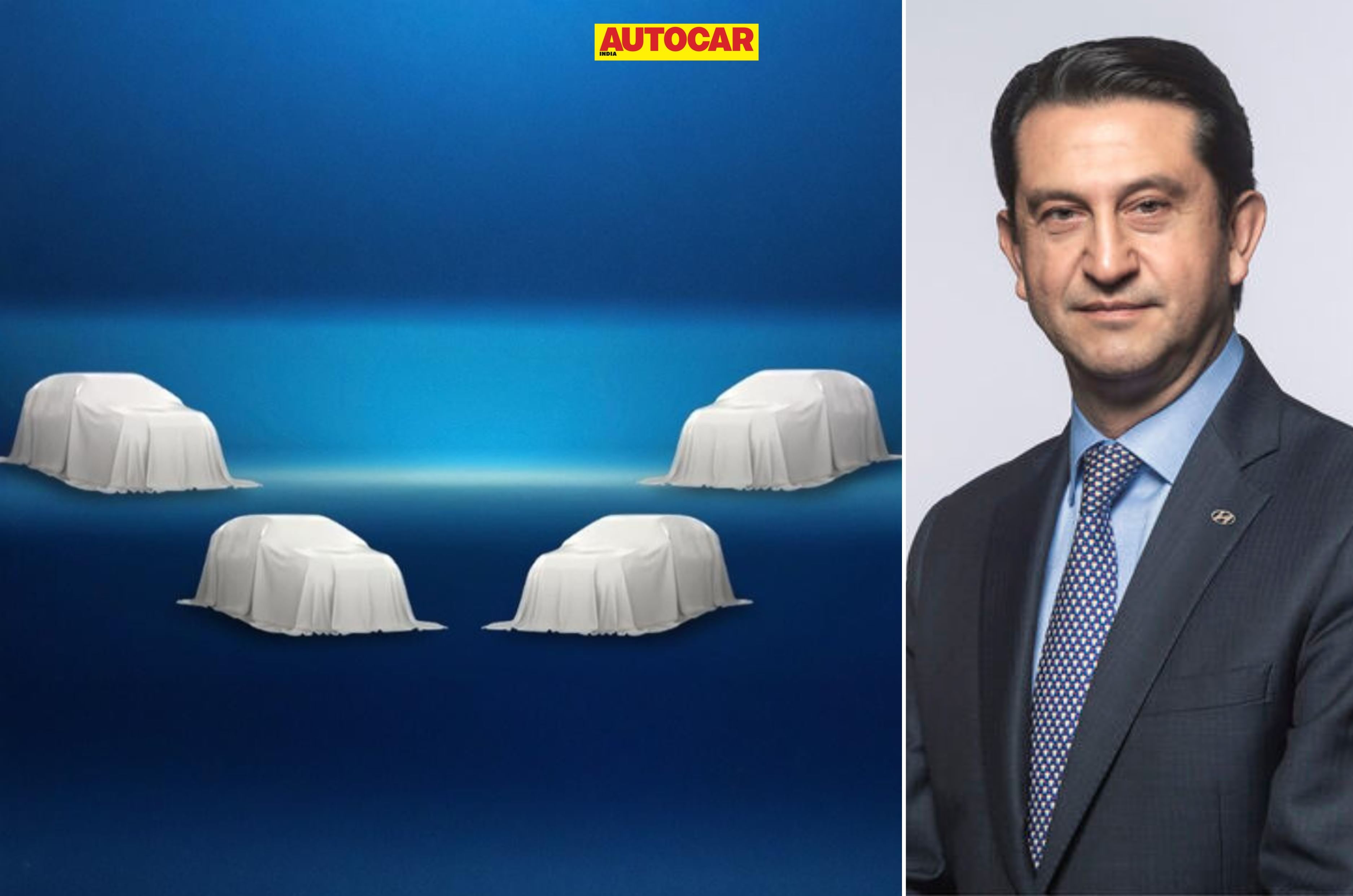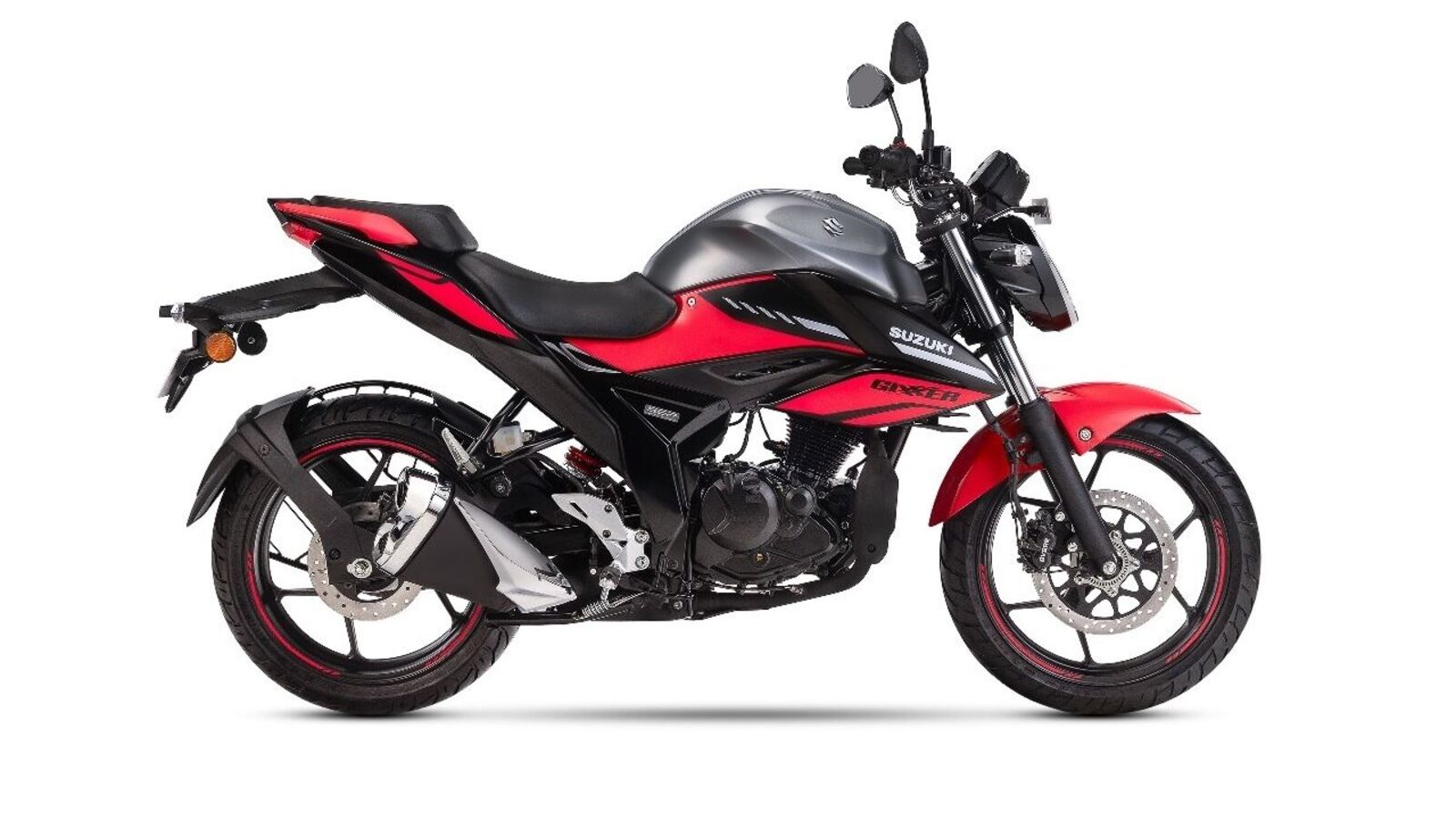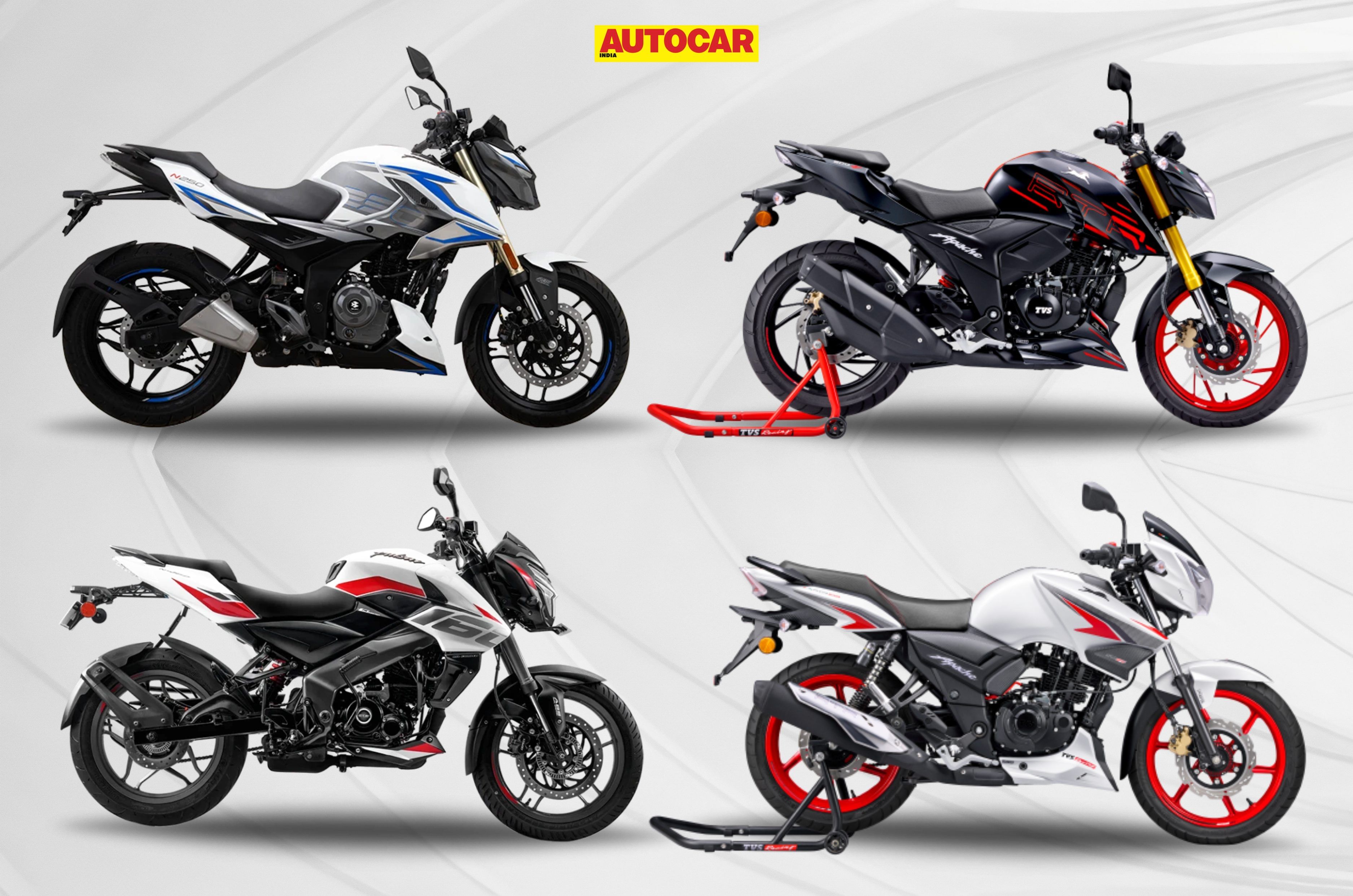
For Hyundai Motor Company’s global chief José Muñoz, India isn’t just another market, it’s the proving ground for the company’s next big leap. As local automakers raise the bar on design and quality, Hyundai is doubling down with a $5 billion investment, a slate of 26 new models, and a sharpened focus on India-led innovation.
Local R&D can deliver global products
If it can work here, it can work anywhere, says Hyundai
“Within our company, we want to ensure that we give local R&D capabilities to India. The only way to be really competitive with the local brands is to have more Indian customers who understand the market and apply their imagination and competitiveness. And then, if this is done properly, I believe the Indian market is going to produce global products,” José Muñoz, President and CEO of Hyundai Motor Company (HMC), said.
He pointed to the Hyundai Creta as an example of India’s growing engineering capability. “The Creta is a good example, even though a lot of engineering has been done in Korea. And I think the new products that we have announced are going to be uniquely designed in and for India. I am 100 percent sure that those products are going to help us compete in other continents as well, without a doubt. As mentioned, localized R&D is a key pillar of our strategy,” he added.
Muñoz said deeper localization offers Hyundai multiple advantages. “We believe that this will give us a shorter time to market and then a competitive edge and good quality as well. The conditions in this market are very demanding, so we make it work here, we make it work anywhere.”
Hyundai acknowledges competition from local brands
Local competition is keeping the brand on its toes
Acknowledging the rising standards of Indian automakers, he said, “When it comes to local brands, we see a very good evolution. Local brands are having great design, also improving quality and reliability. I’m really impressed with the latest SUVs and the growth capabilities of the brands, and that’s why we want to be there too. We welcome the competition; we are better when we are challenged. And definitely in this market, we have to compete with among the best manufacturers in the world, and I think this makes it better.”
According to Muñoz, Hyundai’s roadmap for India is comprehensive and ambitious. “That’s why the plan is very complete and very challenging, bringing all the elements in. We want to bring Genesis, we want to produce all the electric vehicles here, we are investing in capacity, we are localizing R&D, we want a $5 billion investment,” he said. “So, it’s a lot of ingredients to be very serious about being a strong contender in India.”
Sustainable Growth Over Market Share
Qualitative growth is of greater importance
Muñoz emphasized that Hyundai’s focus is not on chasing market share at any cost. “If you look globally, in all developed markets, it’s very difficult to find companies that have higher than 15 percent share,” he said. “So, for us, there is no point in setting a high target in terms of market share just for the sake of achieving more market share. Because if you increase your share but you don’t make money, there is no relevance.”
“It’s better to have good quality of sales, good net revenue management that is sustainable and maintain a very high-level position in terms of share, because 15 percent is not bad at all. It’s a very good number.” he added.
Hyundai’s view on India’s growth potential
SUVs to keep growing, but brand remains committed to entry-level cars, too
Speaking on India’s growth potential, Muñoz said, “This market is expected to see more motorization. I think it’s going to be like a rocket. If you look at the amount of people that are driving motorcycles or three-wheelers, you will see that all these people, sooner or later, their aspiration is going to have a passenger car.”
He views India not as a single monolithic market but as “many markets” coexisting. “I never see India like one market. I see many markets, but like two Indias, right? On one side, the India market, which is becoming like all global markets, would like to have more SUVs, more off-road, etc., and in a very good manner. And I think that the domestic brands are doing a very strong effort there, and that’s why we have announced that we’re going to get into the off-road SUV market.”
Muñoz reiterated Hyundai’s dual strategy: to grow its stronghold in SUVs while staying committed to the entry-level segment that built the brand’s popularity in India. According to him, Hyundai’s loyal base of small-car owners provides a natural pathway to move up to larger, more feature-rich SUVs: a transition made easier by the brand’s reputation for reliability, value, and service.
On the product front, Muñoz acknowledged that Hyundai had been “a little bit too late” in launching new models. Success in global markets and multiple priorities, he said, had slowed its product momentum in India. However, that is changing. “We analyzed the market and saw a clear shift in the pace of competition in India, so we decided to accelerate our own,” he said.
Also See:
Genesis India launch with locally assembled cars confirmed for 2027



